Voyager 1 Rises From The Dead
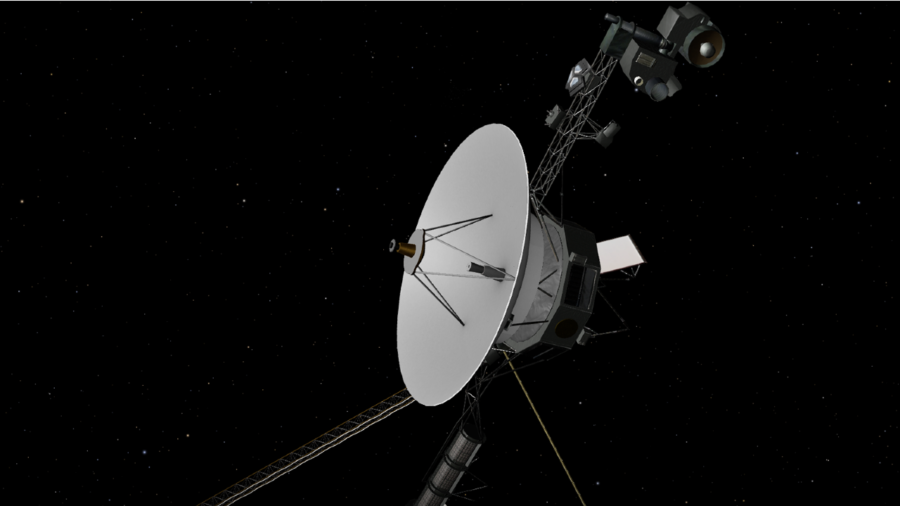
Voyager 1 has been sending back the equivalent of gibberish for months, but engineers recently think they may have a chance of getting the old spacecraft back in working order. The Voyager team sent a poke command to the craft’s Flight Data System to run some software sequences to hopefully fix the issue on March 1. On March 10, a Deep Space Network engineer decoded the data sent back and it included a complete memory dump from the Flight Data System.
A Promising Sign
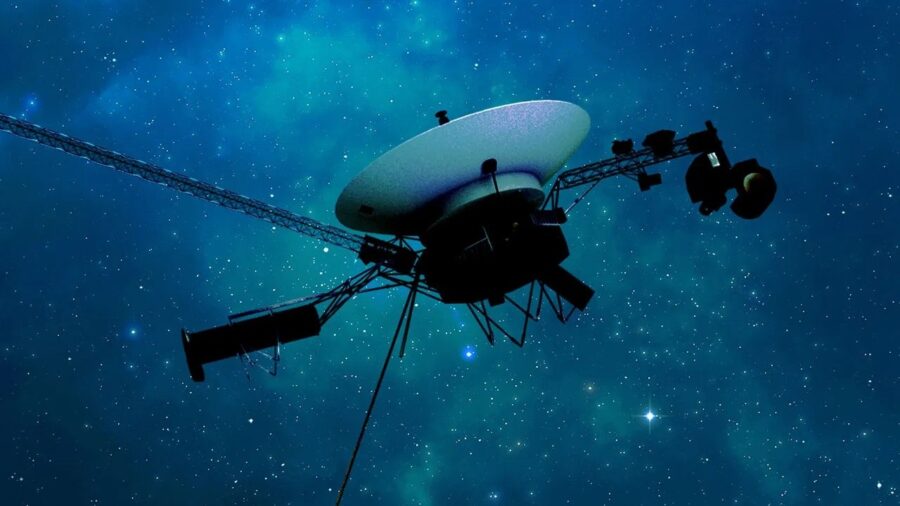
The Voyager 1 data has been unreadable since December, so this is a promising development. The memory dump included actual readable data of code, variables, and science and engineering data. Dr. Suzanna Dodd, the project manager for the Voyager Interstellar Mission said that the transmitted data shows that the Flight Data System is “at least partially working.”
Skill And Patience
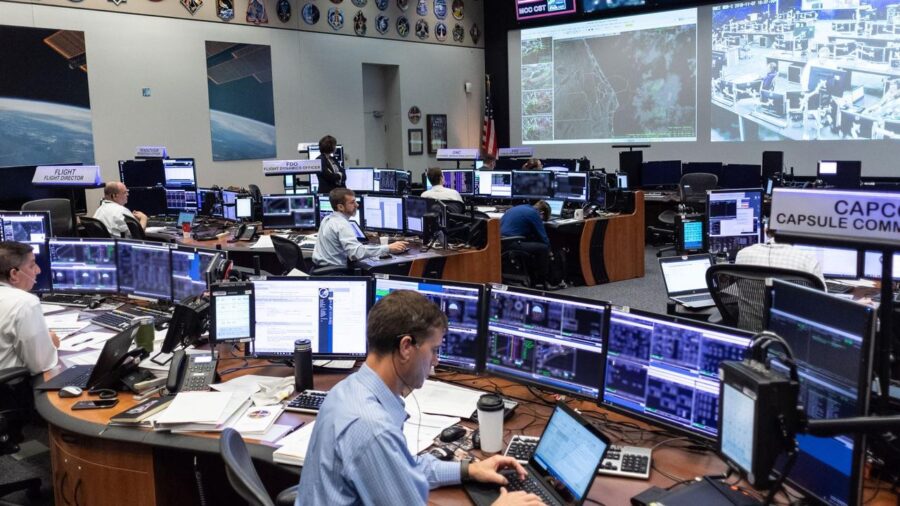
With the latest memory dump, the engineers now have some clear next steps that could help them solve the Voyager 1 gibberish problem. They can now compare the memory dump to the last read-out they received before the craft started sending repeating binary patterns in December. This could open the door for a possible fix, though original Voyager scientist Dr. Garry Hunt said that the process requires “both skill and patience.”
Almost Two Days To Send And Receive
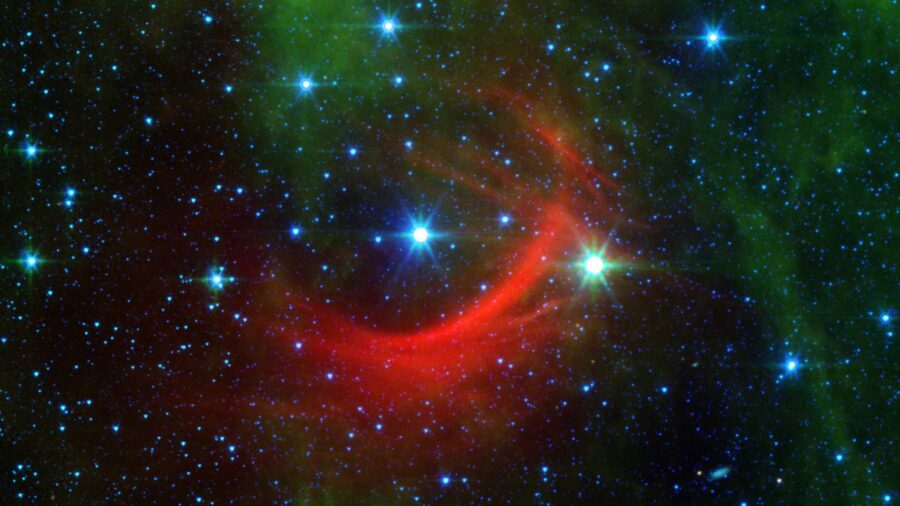
This is due to the pretty sizable time lag between engineers on Earth and Voyager 1. Any command sent to the probe takes 22.5 hours to reach it, and then it takes another 22.5 hours to get a response back. So, every communication and interaction between the probe and Earth takes around 45 hours to see the results.
While fixing a bug in code at your computer lets you try different patches again and again, the Voyager 1 engineers have to wait literal days to see if their fix worked or not. Also, most of the engineers who worked on the original 1977 launch of the craft aren’t around to help out anymore. So, the team working on it now have to look through old documents to try and parse the issue.
The Fact That It’s Functioning At All Is Impressive
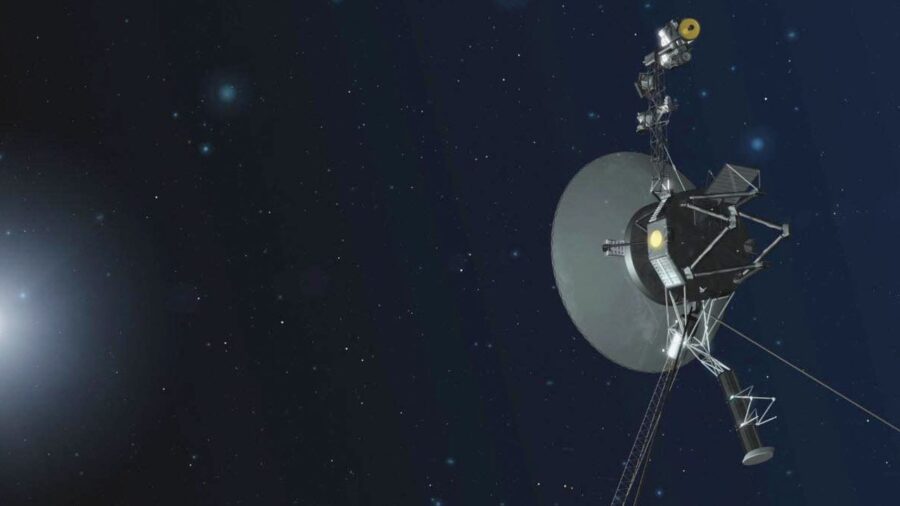
The fact is that Voyager 1 is a very old spacecraft using very old software technology, so it’s more surprising that the spacecraft is still delivering data in the first place. It’s fortunately running on various backup systems, and Dr. Hunt notes “this certainly shows the value of having backup systems and duplicates.” The first Voyager still has a lot of mission left, so fixing this issue is definitely important for space data collection.
With that being said, Voyager 2 is still in working order despite Voyager 1’s ongoing problems. Of course, these two are observing very different parts of space. Voyager 2 is currently traversing the Pavo constellation while Voyager 1 is in the constellation of Ophiuchus. Hopefully, the older craft can get back on track soon so it can continue its mission unfettered.
Let’s Wait And See
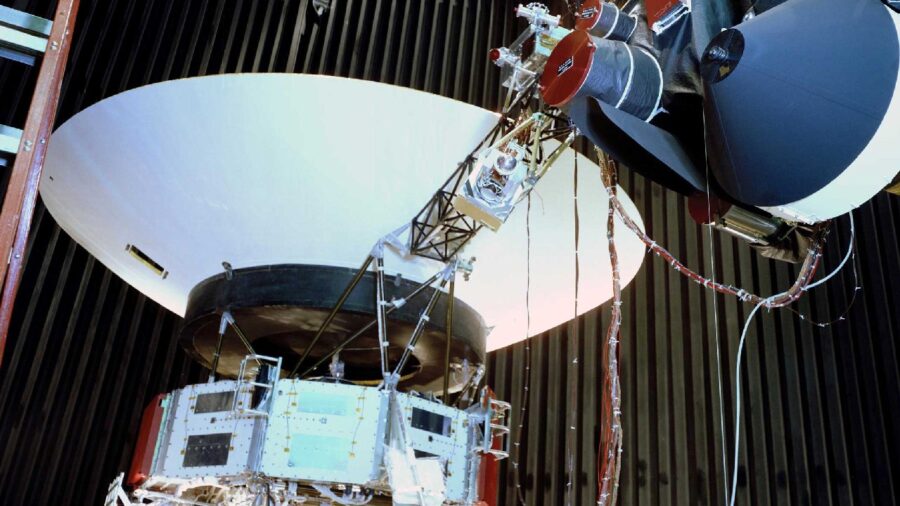
The time lag, lack of resources, and funding are certainly obstacles to fixing Voyager 1. But, a breakthrough is a breakthrough. This recent data read-out is certainly better than repeating binary numbers that don’t make sense, and now there’s at least some sort of path forward to fixing the probe.
Source: The Register












